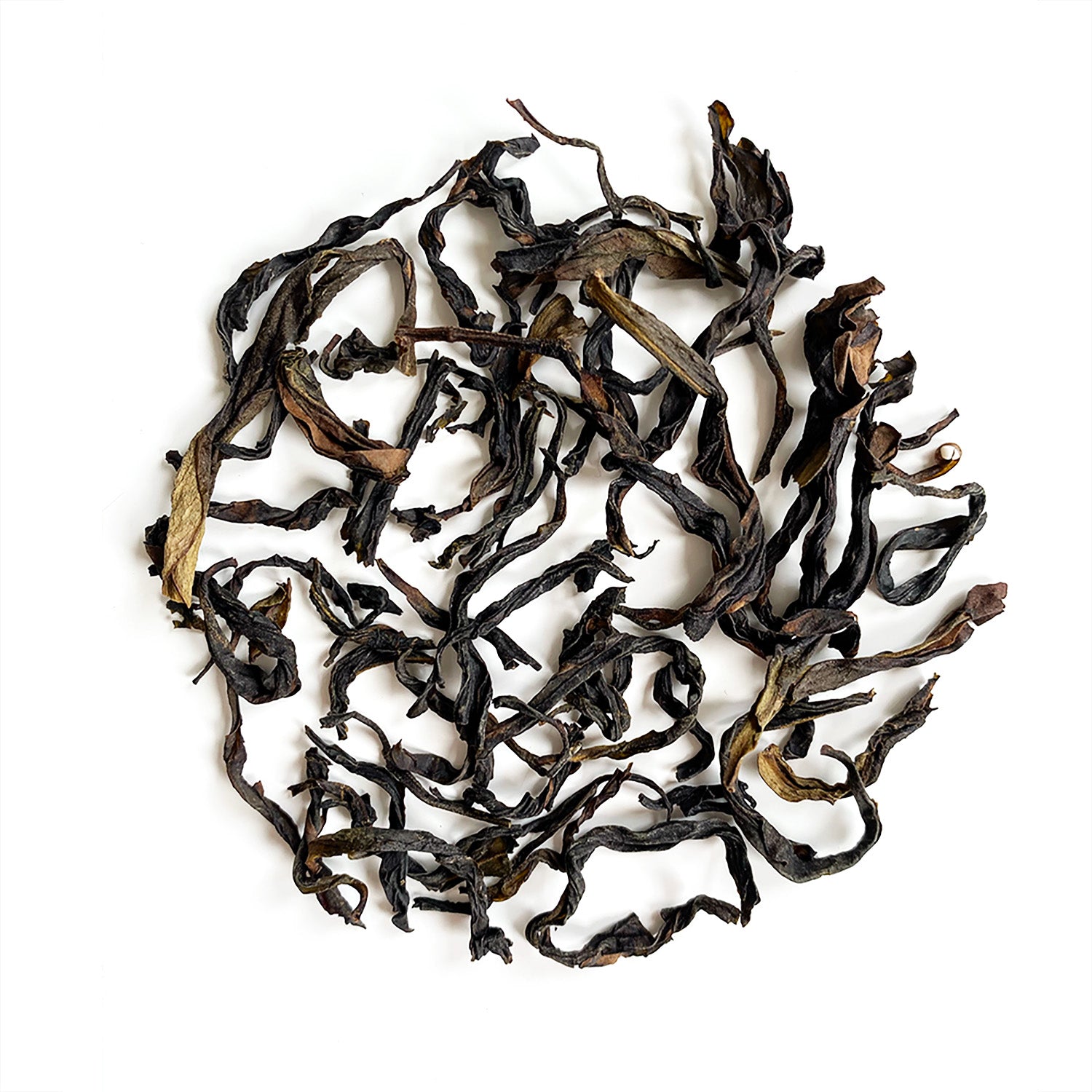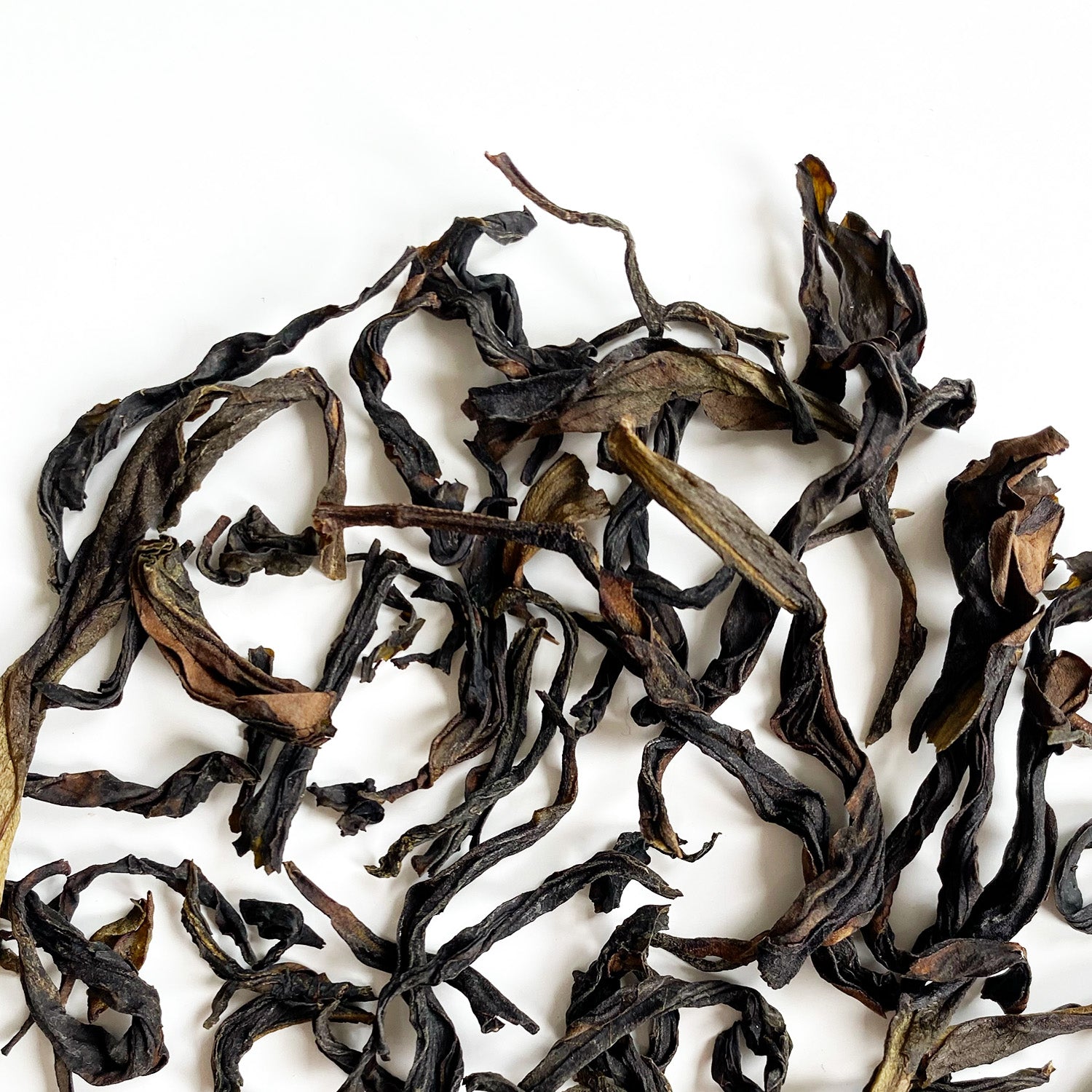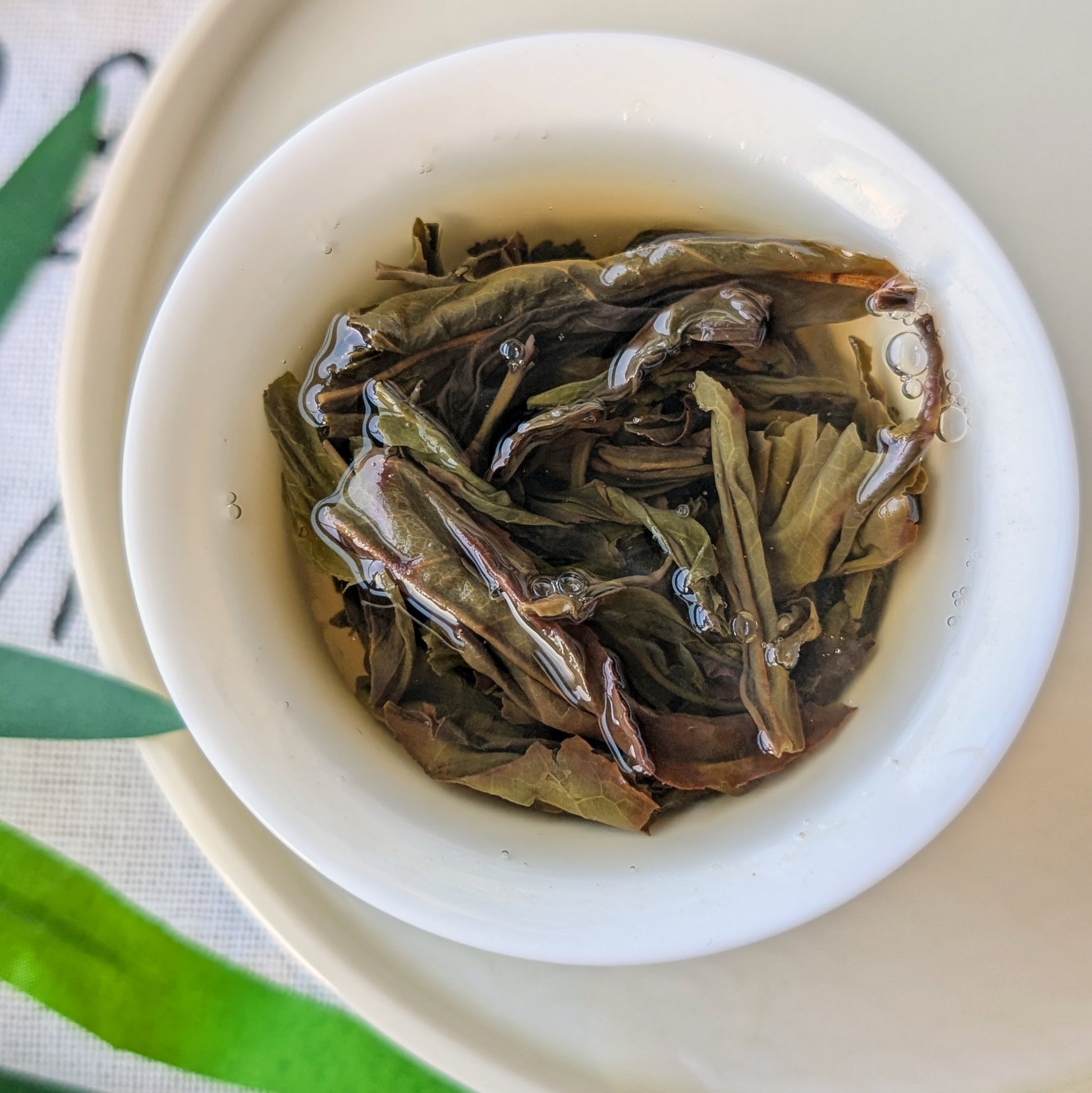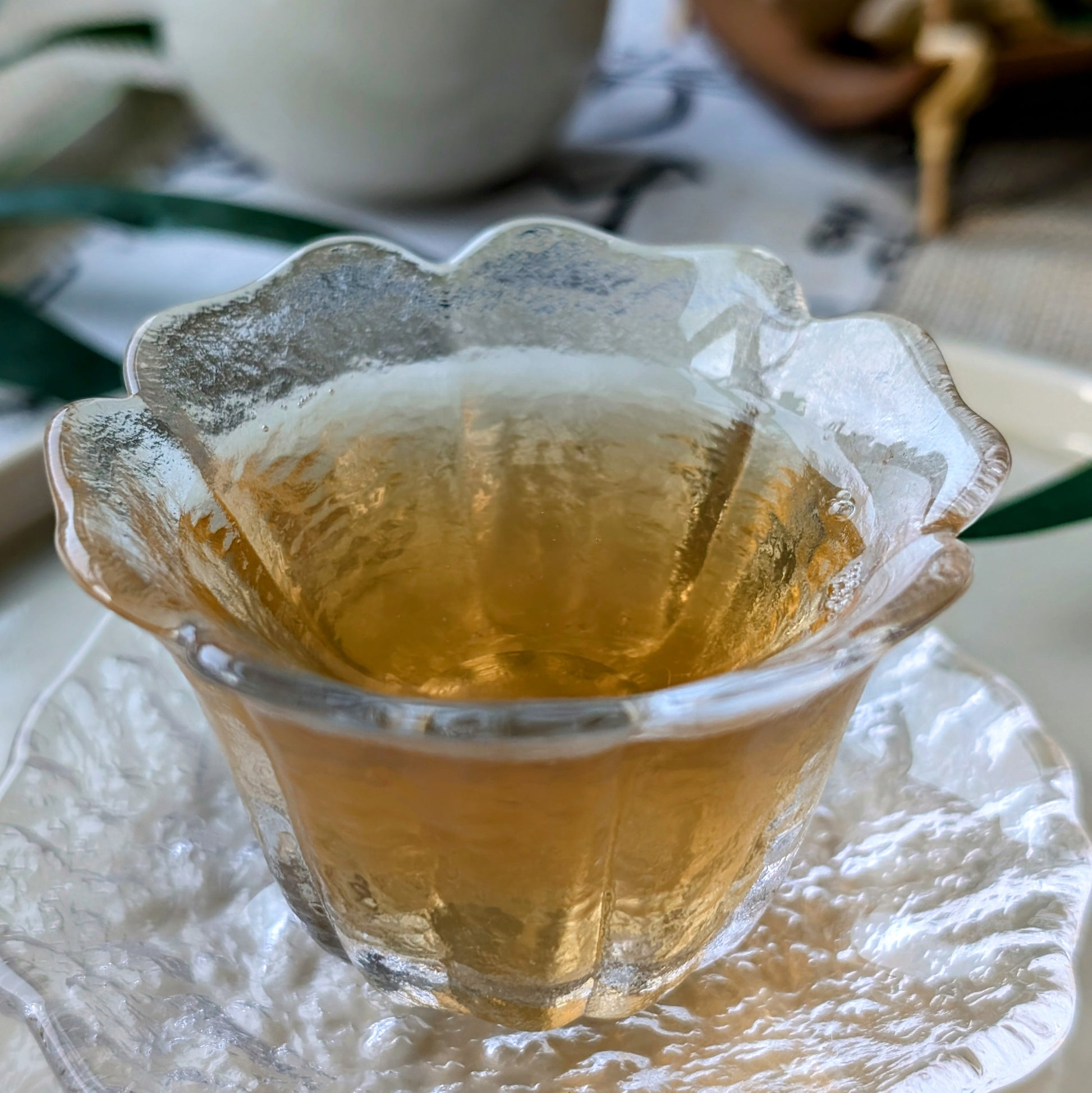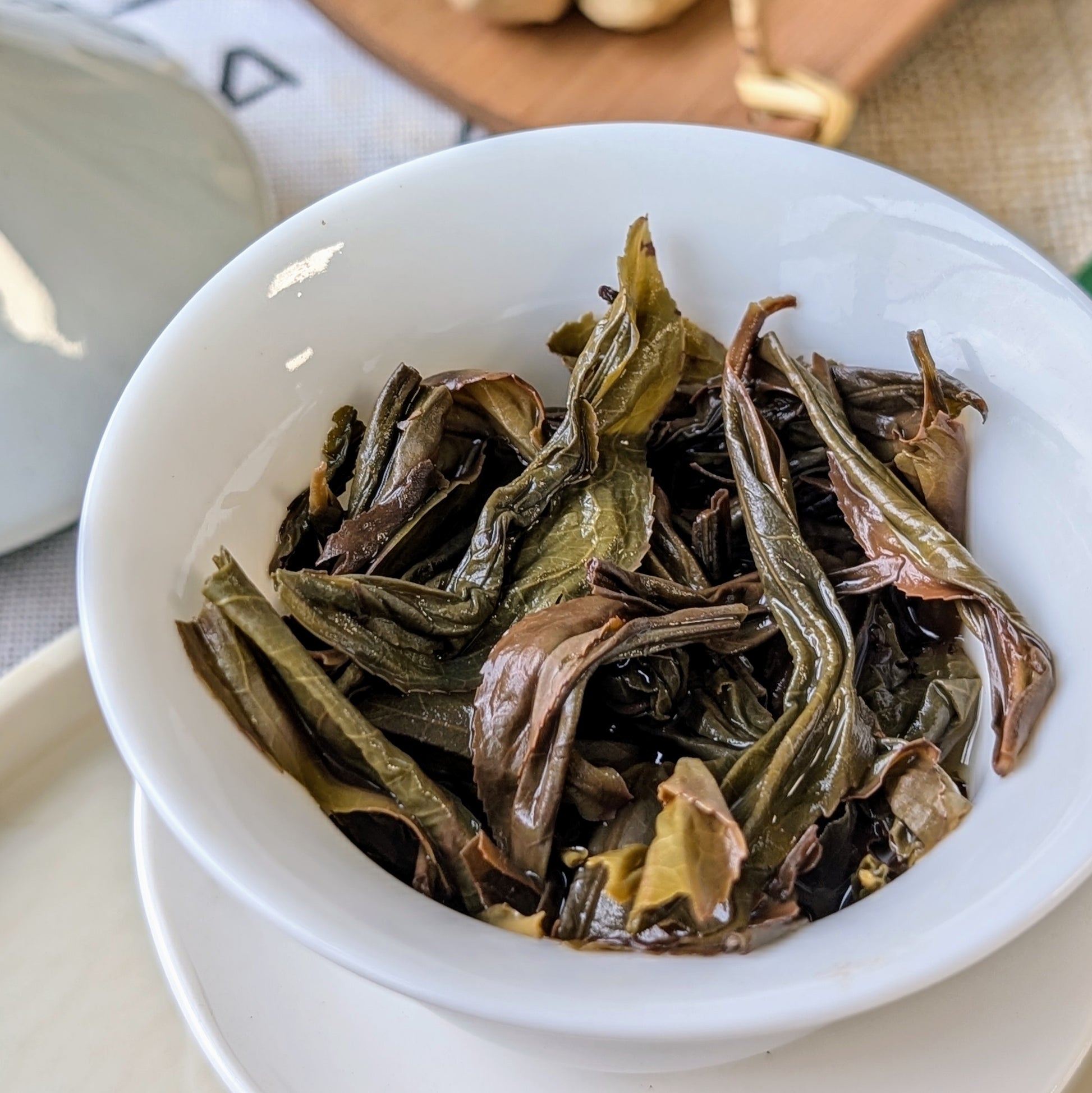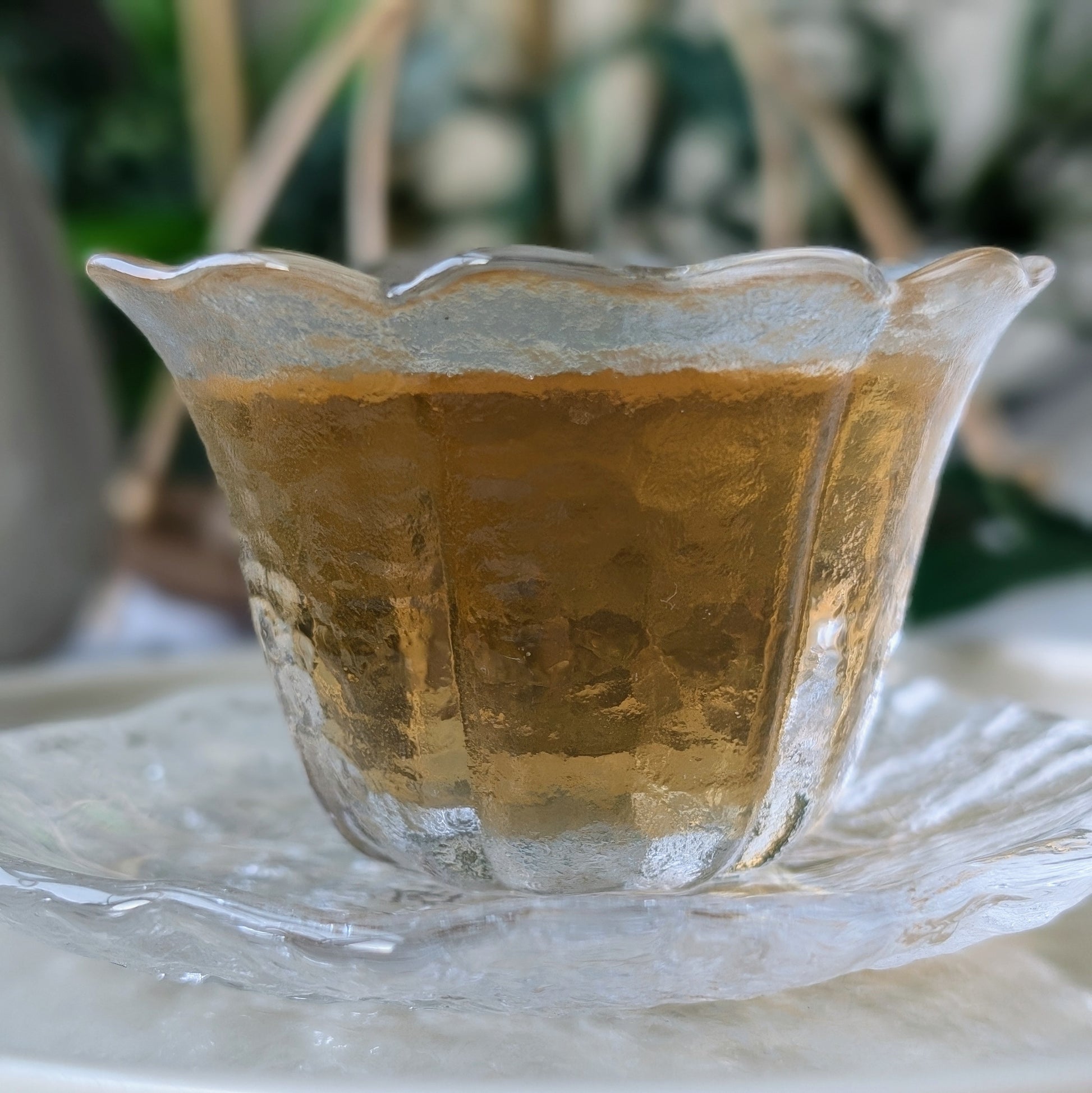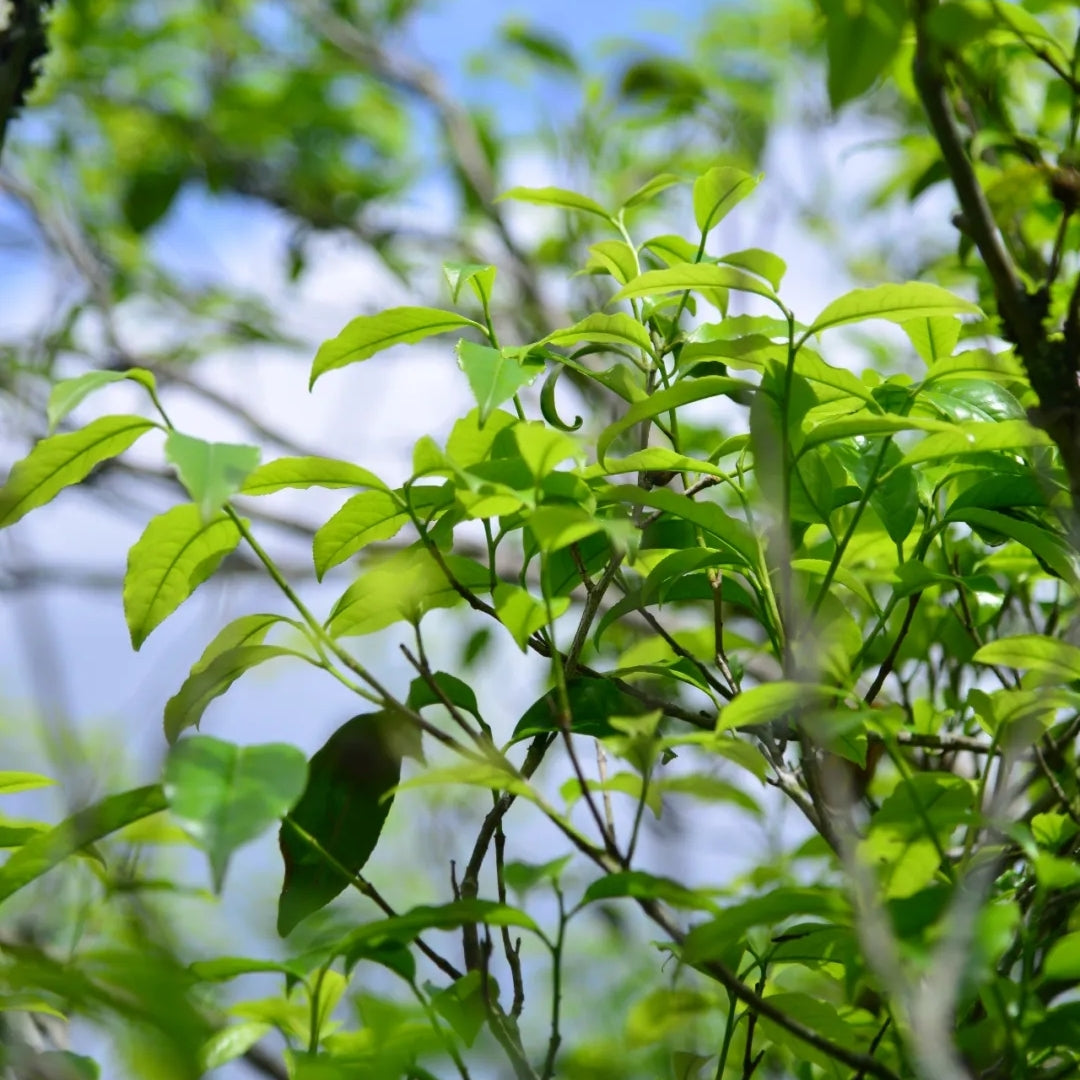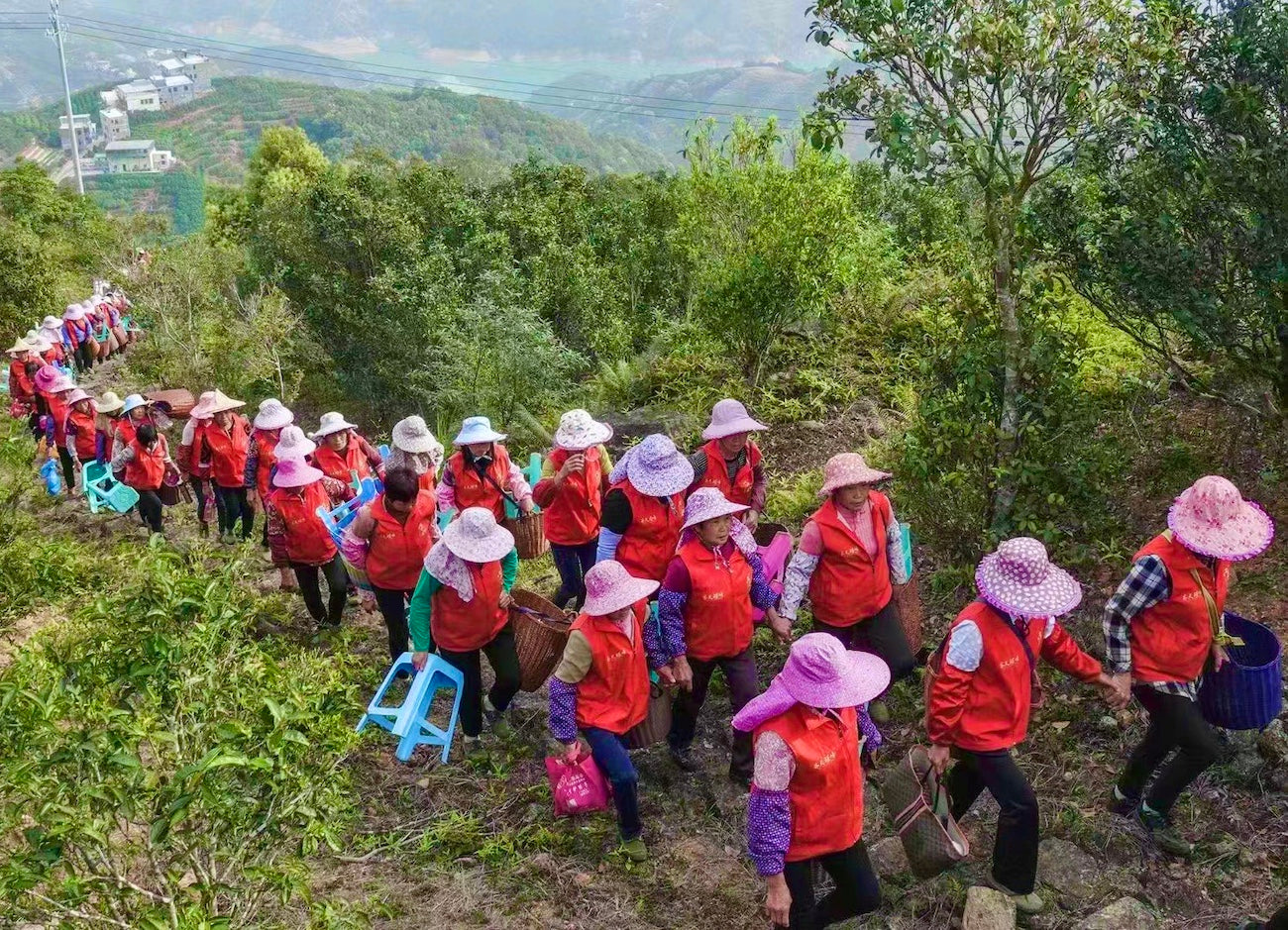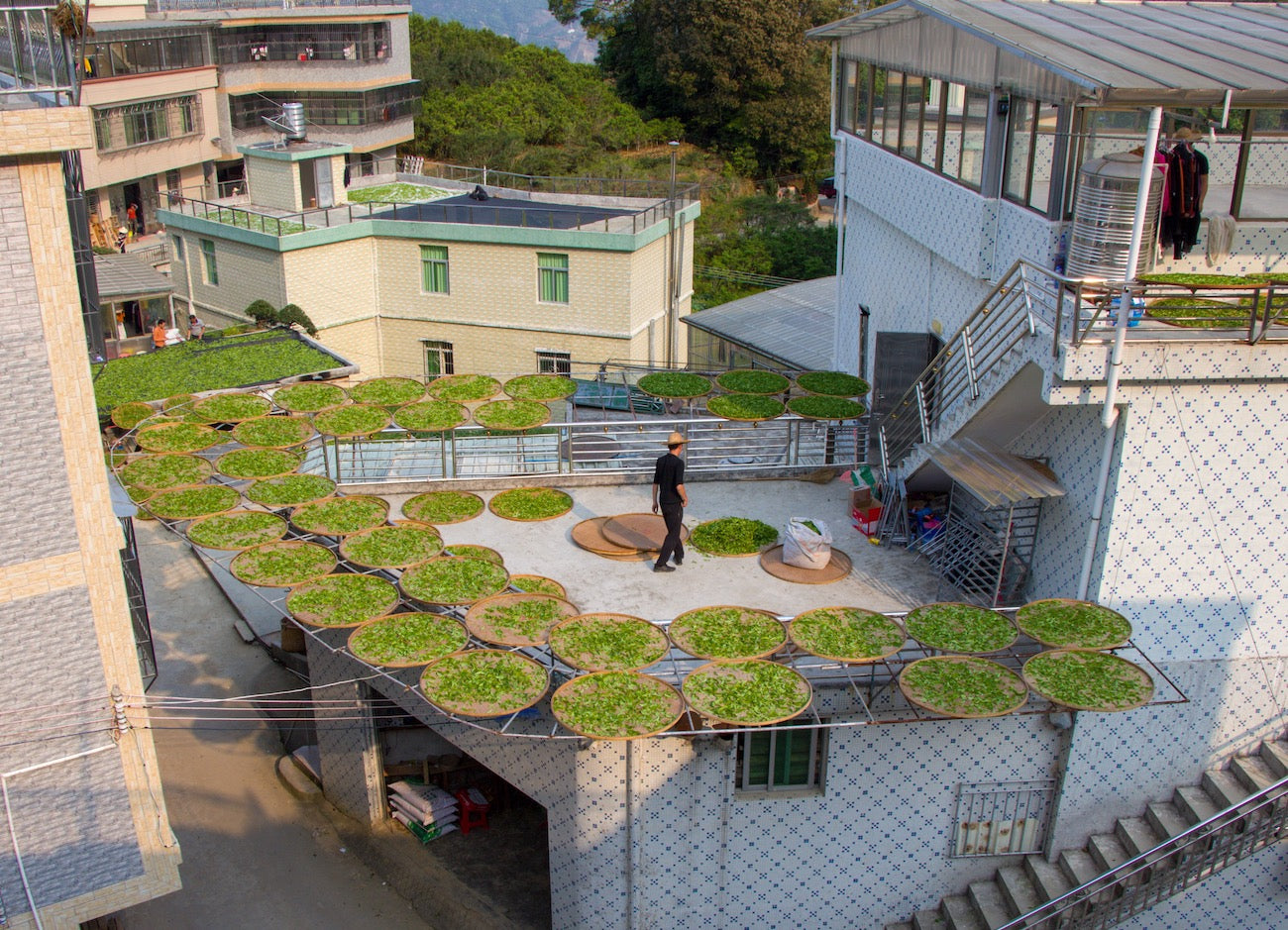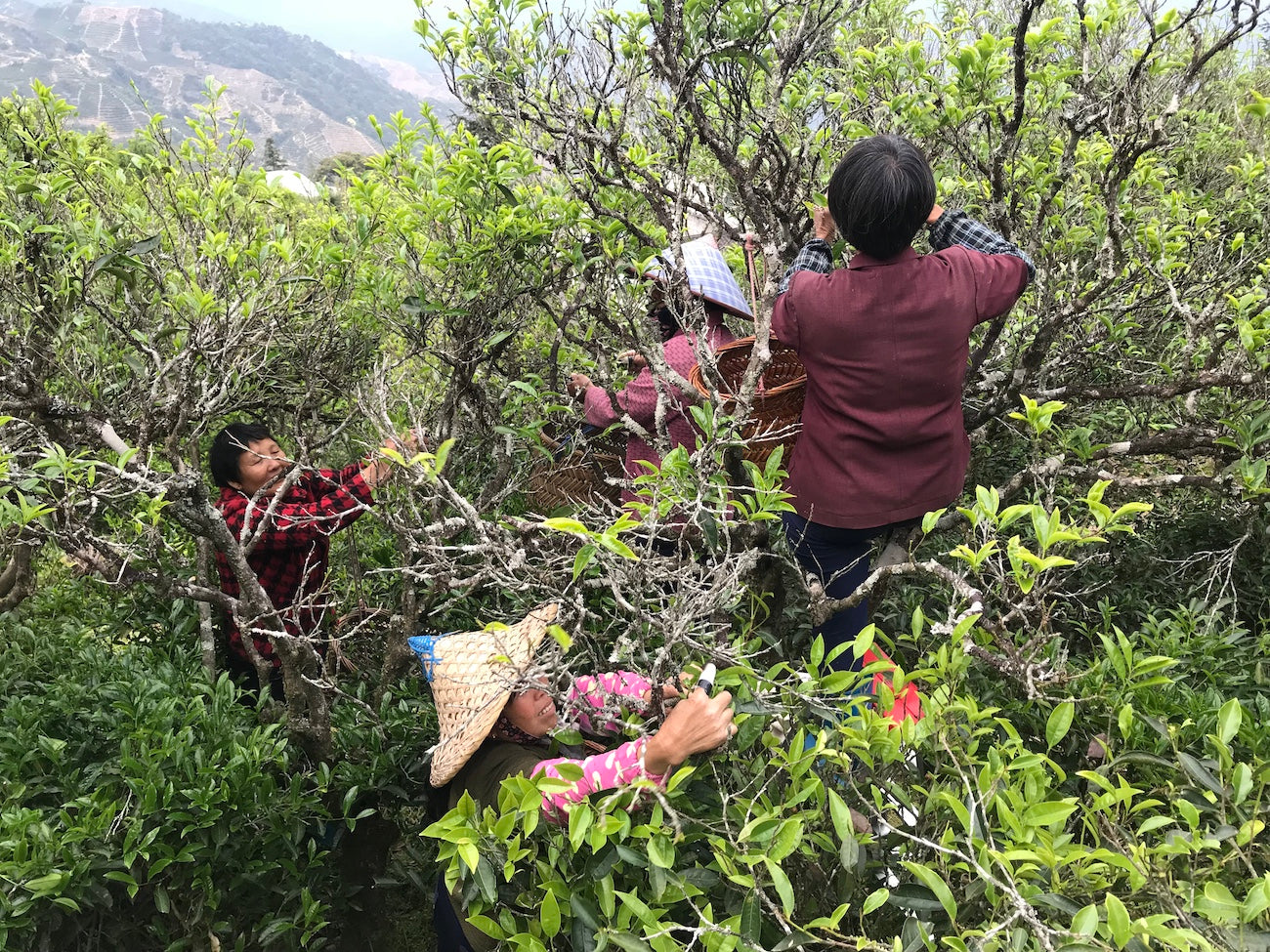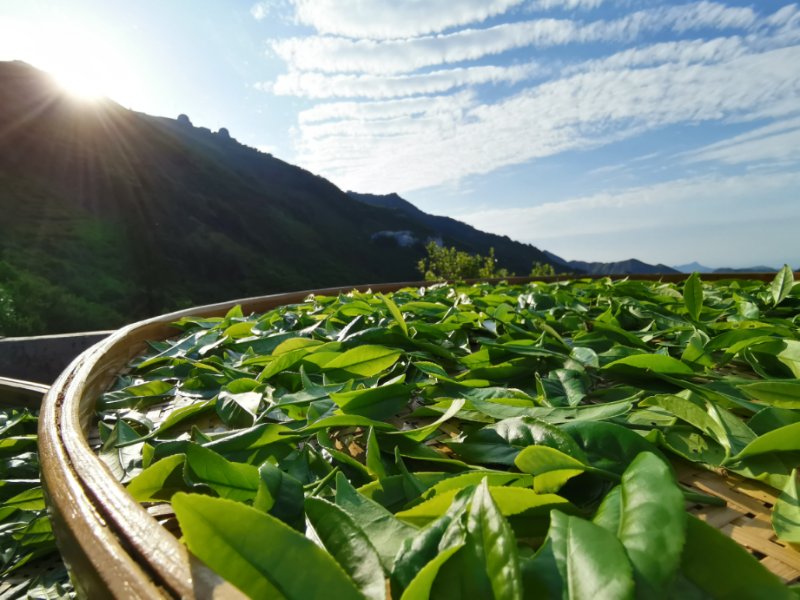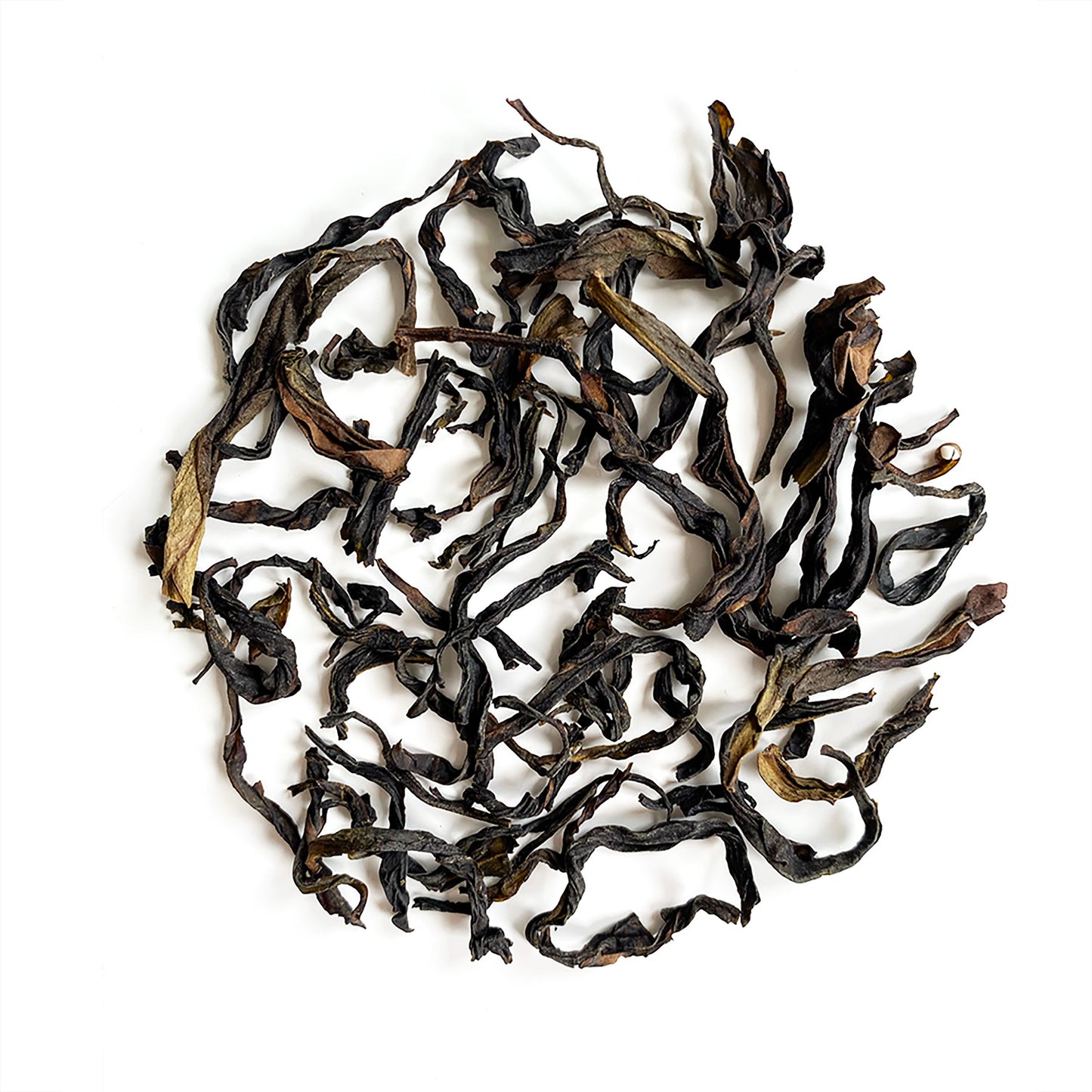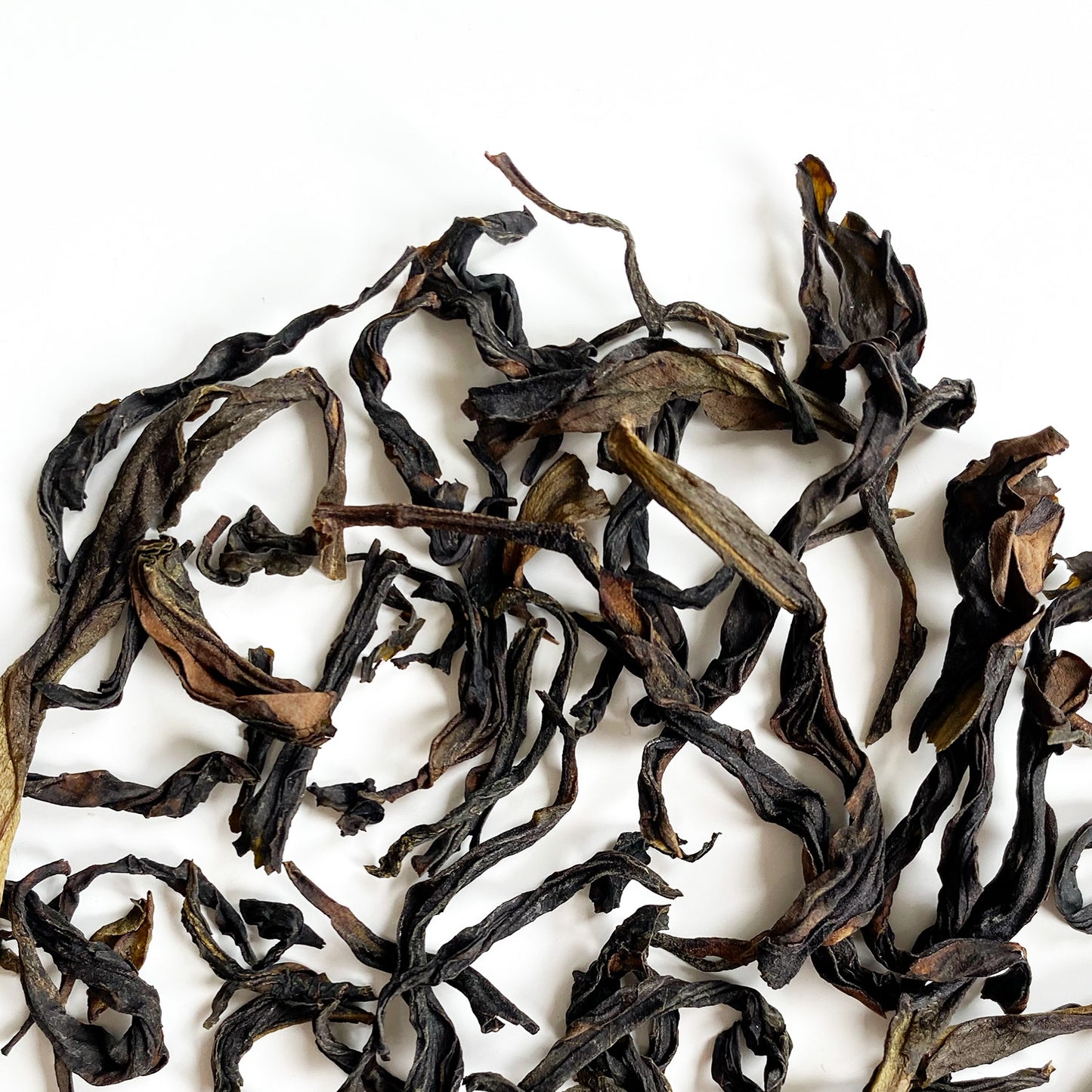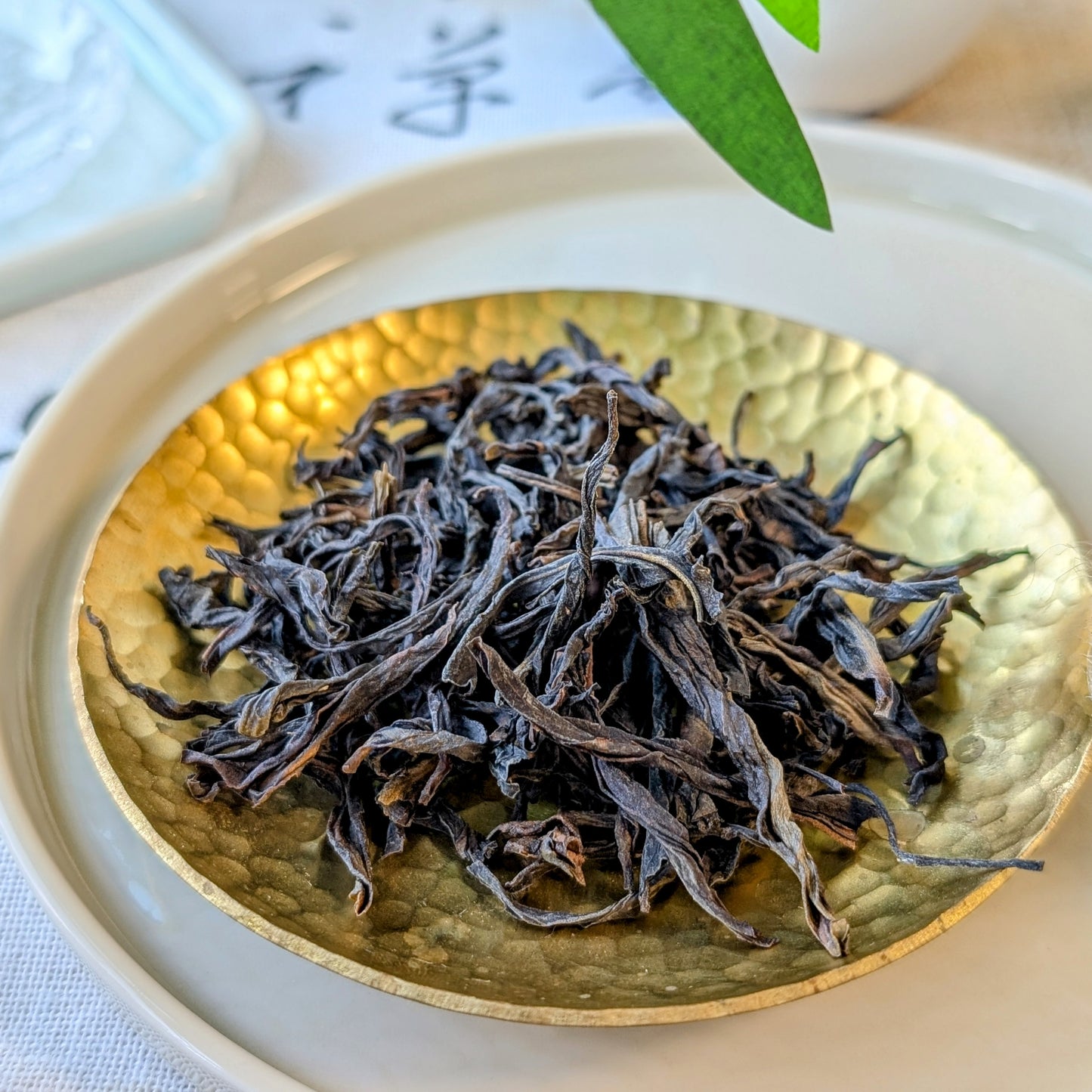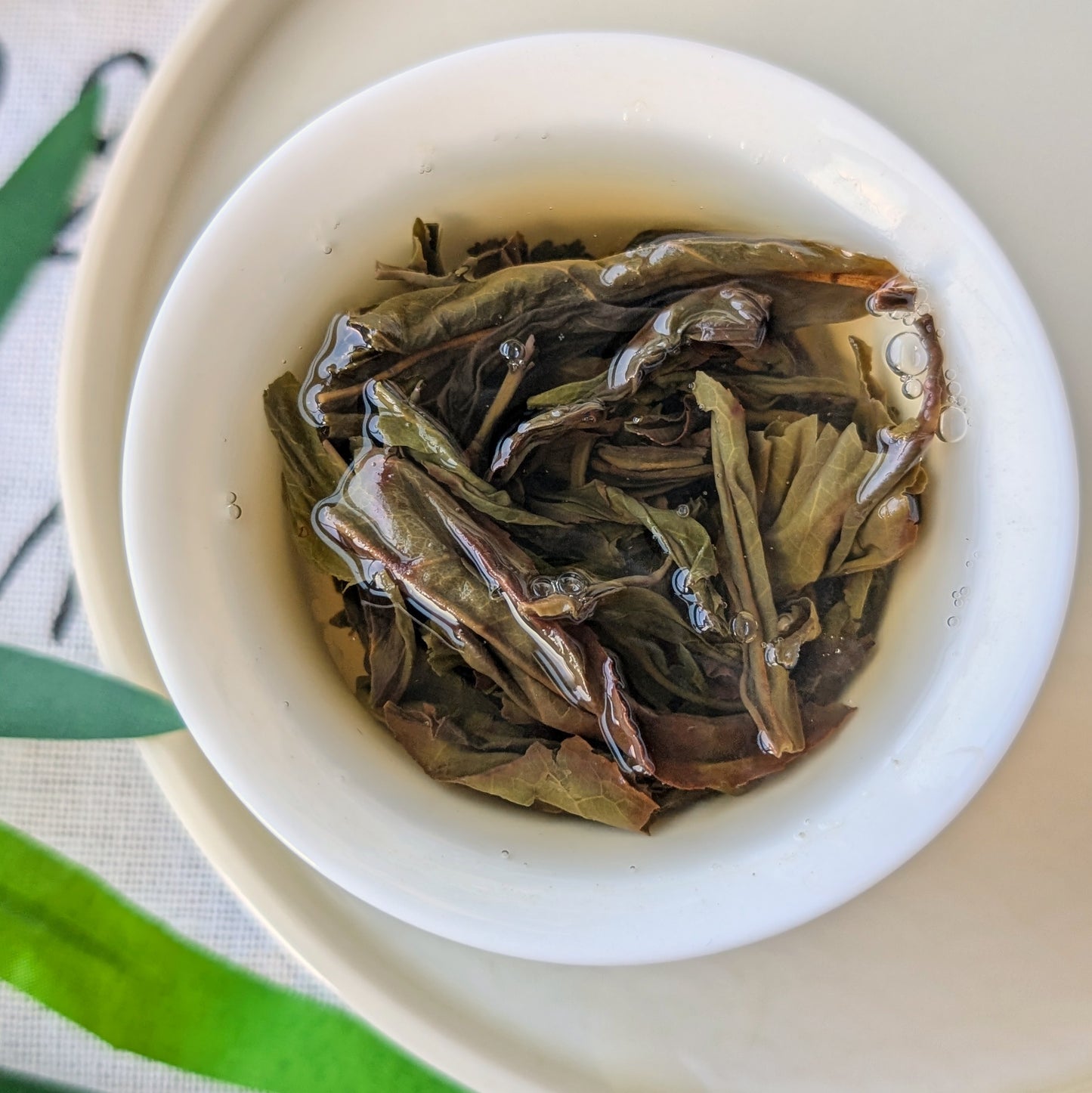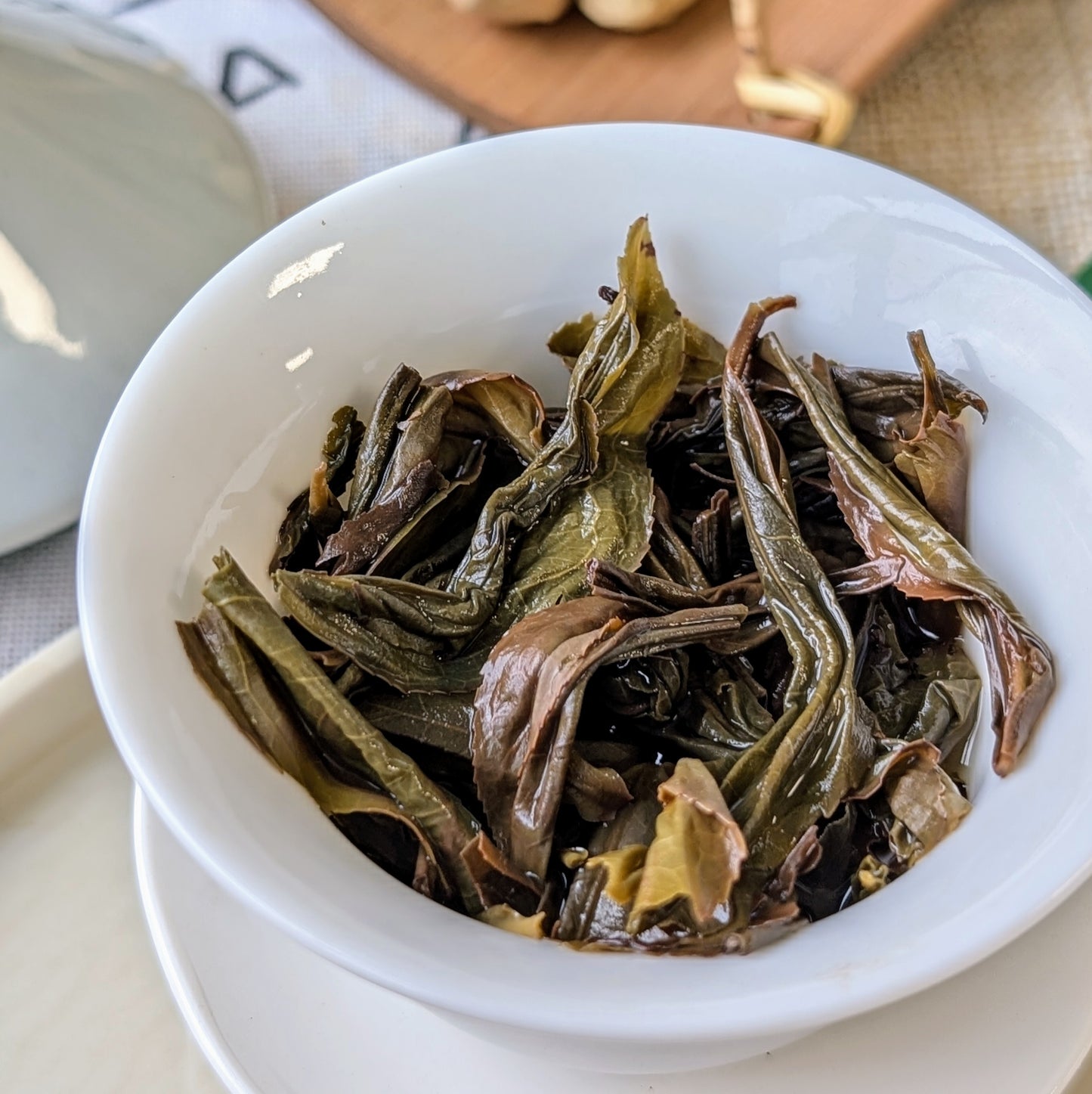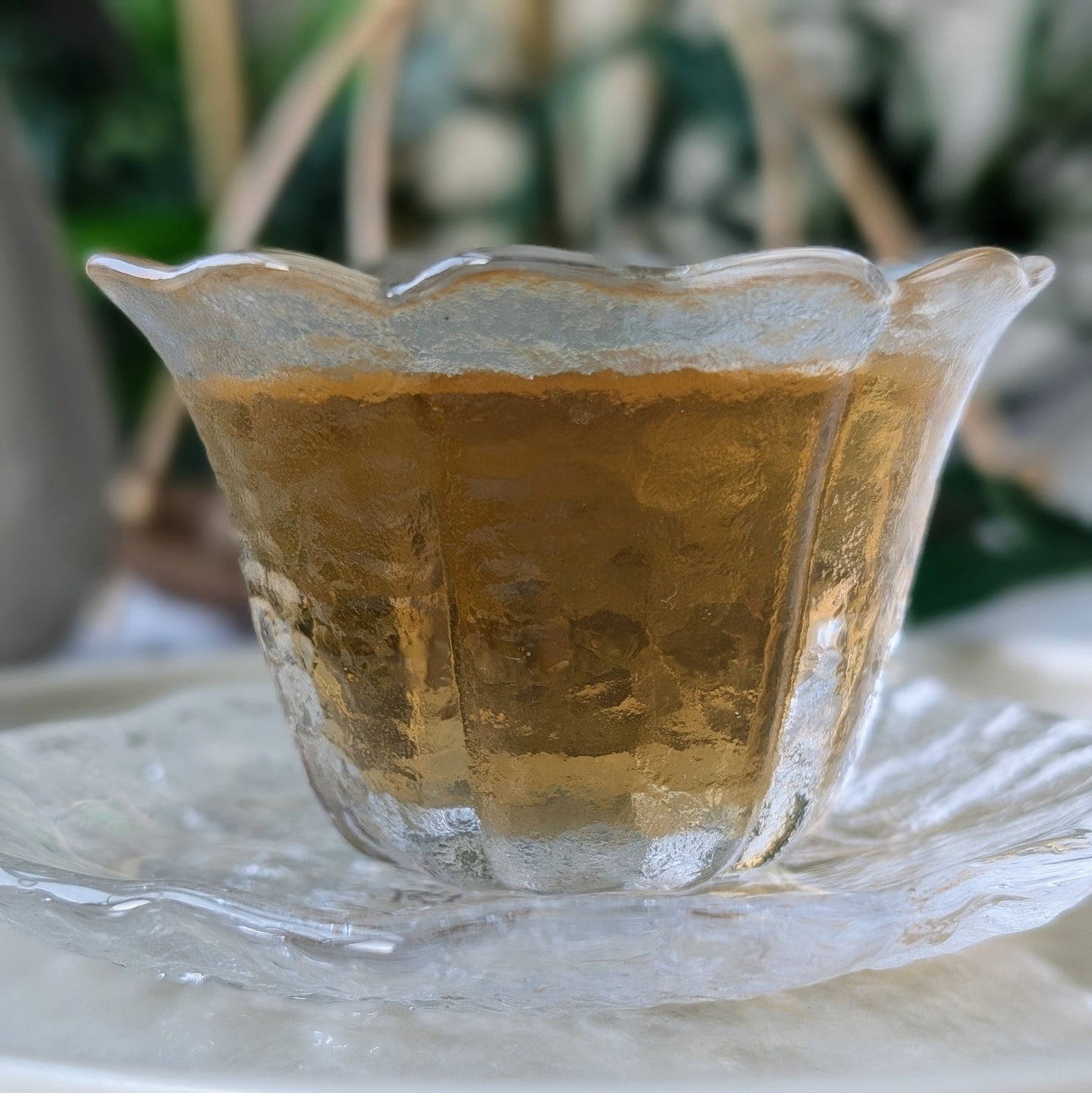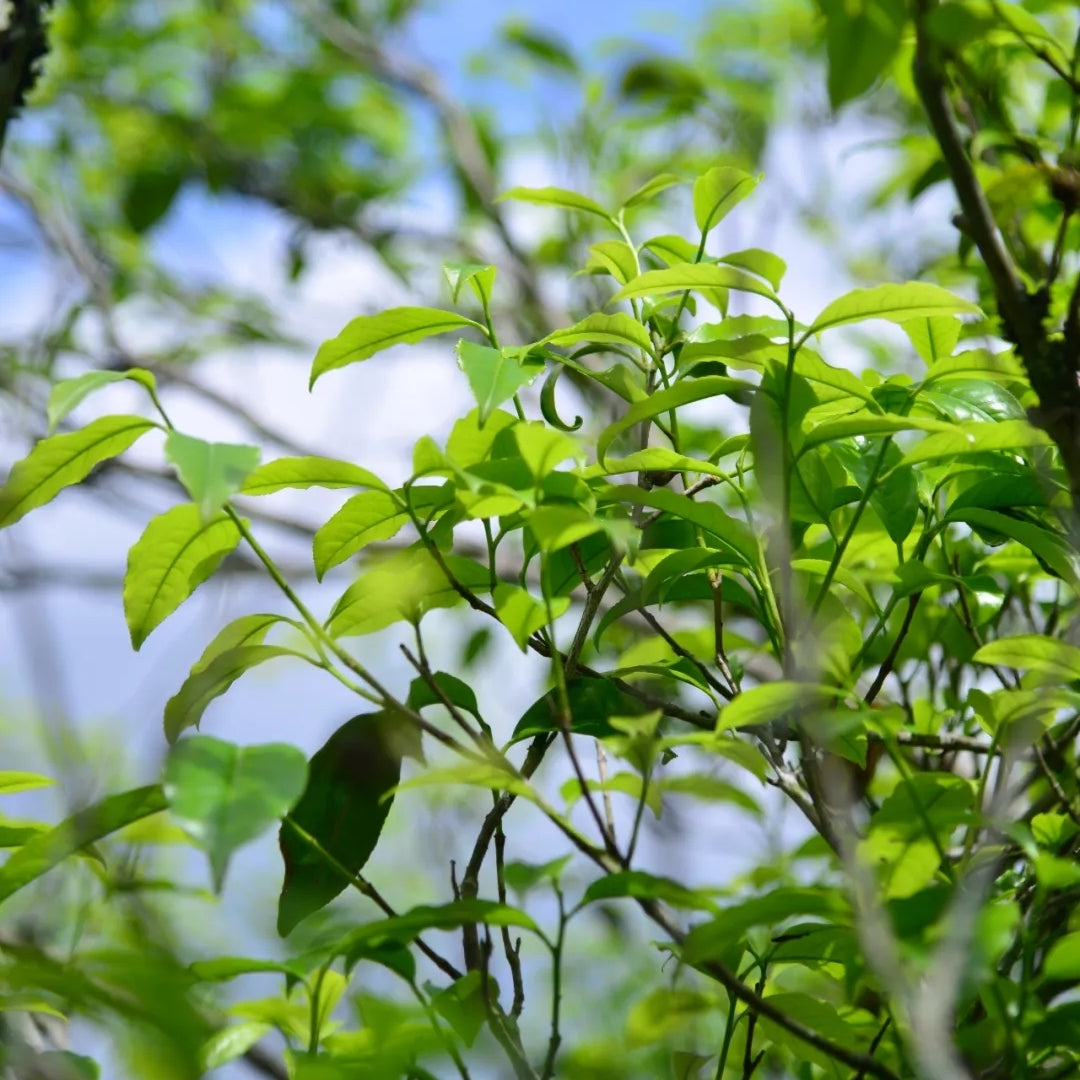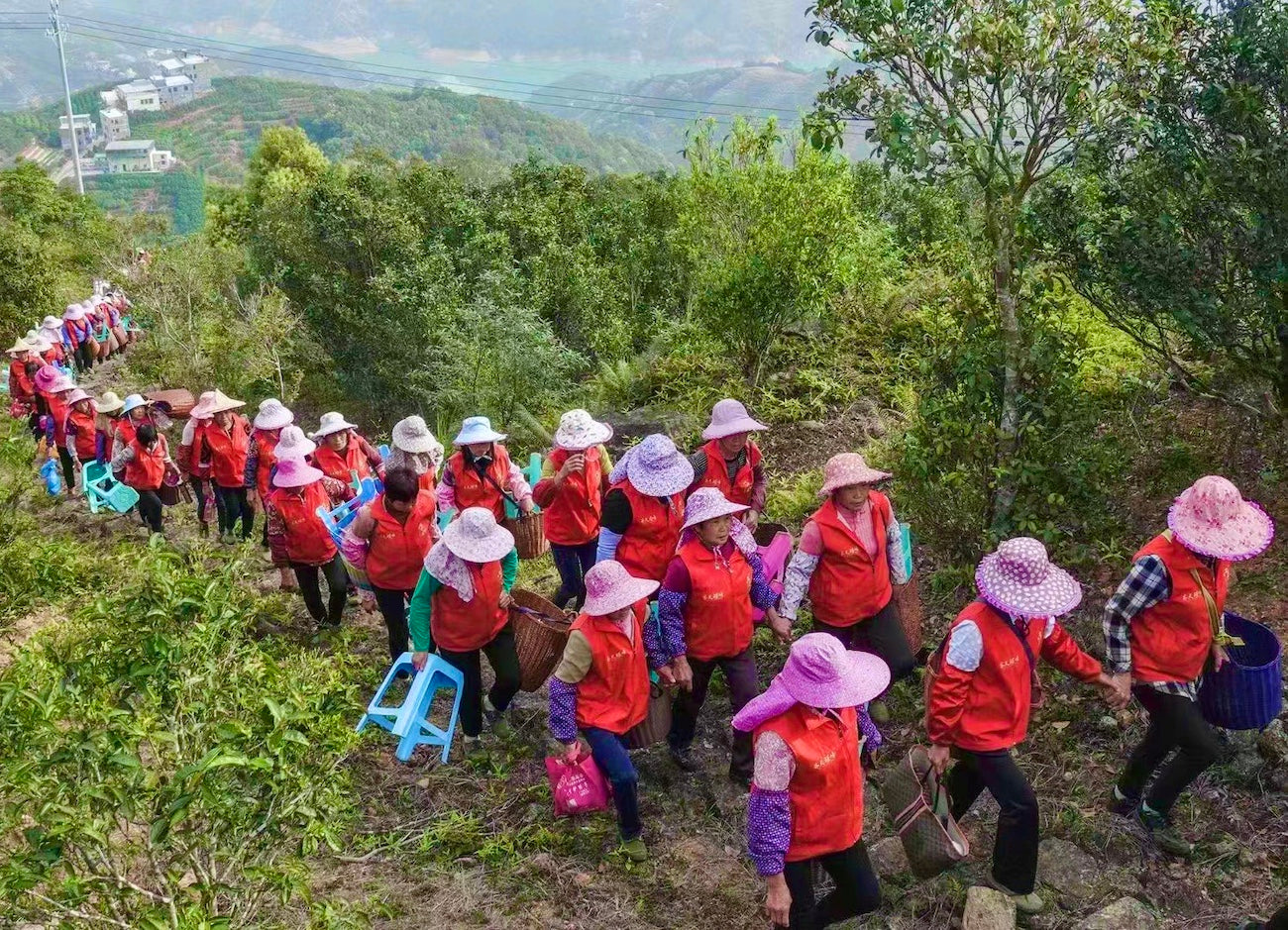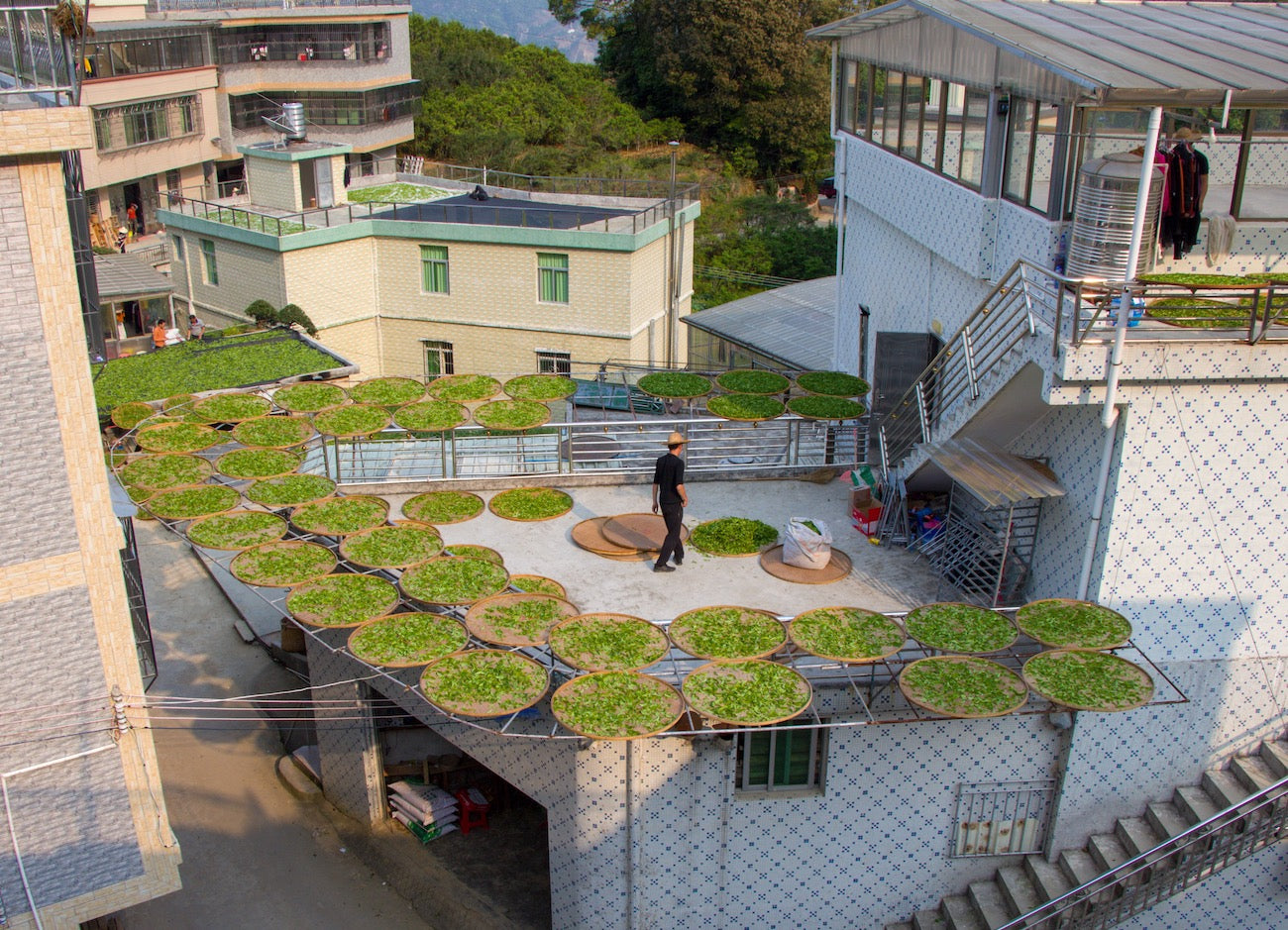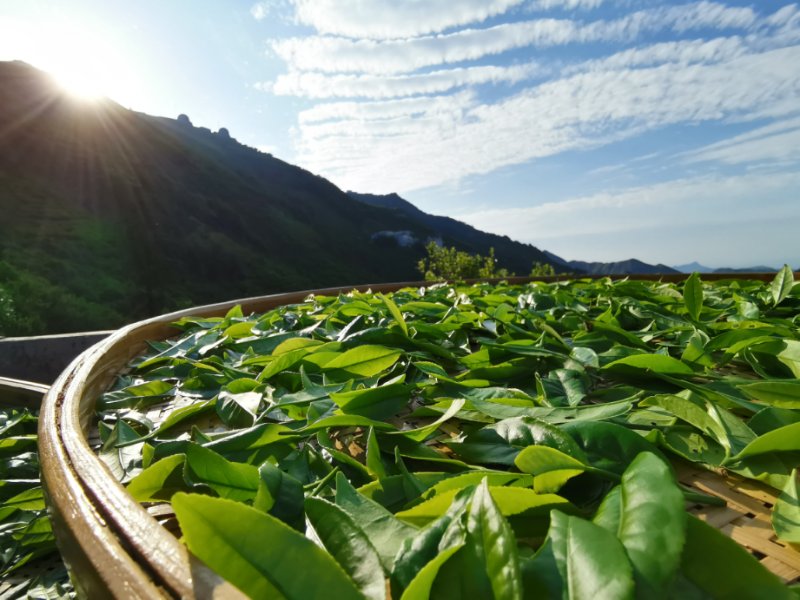Duck Shit Oolong, Ya Shi Xiang Dan Cong Tea
Duck Shit Oolong, Ya Shi Xiang Dan Cong Tea
Couldn't load pickup availability
What do you do if you discover a tea so delicious, that you want to keep it all for yourself? You call it 'Duck Shit tea' (Ya Shi Xiang). That's what the monk did who first discovered this special tea cultivar in the Phoenix Mountain of Guangdong.
Our Duck Shit tea is a lightly oxidised oolong tea with a honey-sweet and floral aroma and a viscous texture. The taste if refreshing and vibrant, as if you're enjoying a walk in a park on a Sunny Spring day.
Origin of the Name: Duck Shit Oolong
Legend has it that a monk in Ping Keng Tou village discovered a tea cultivar with an extraordinary taste, and sought to keep it a secret. He told villagers that the area's earth being covered with duck droppings. We can't verify whether this story is true or not. However, whatever measures taken to keep the tea just for himself, were ultimately unsuccessful: Duck Shit Oolong has become the most popular tea of the region.
Origin
Origin
- Brand: Teasenz
- Year: 2024
- Season: Spring
- Origin: Phoenix Mountain, Guangdong
- Type: oolong tea
How to Steep
How to Steep
Western method
Infuse 3 grams of Duck Shit oolong tea with 500 ml water at a temperature of 100ºC and steep for 40 seconds. For a second steep increase the steeping time to 1 minute.
Traditional method
Infuse 5 grams of Ya Shi Xiang tea with 100ml water at 100ºC and steep for 10 seconds. Also apply a 10 second steeping time for the 2nd and 3rd steep. Increase the steeping time by 5 seconds for every next steep.
Shipping, Returns & Payment Methods
Shipping, Returns & Payment Methods
Delivery time: 1-10 day EU delivery. For estimates per country, please visit the shipping info page at the bottom of our website.
Import taxes?: because we ship from our EU warehouse, you will NOT be charged import taxes upon delivery if you're based in the EU. All taxes are already included in our prices.
Free shipping: available for orders over €59 for The Netherlands/Belgium, €80 for other EU countries (excluding Portugal & Hungary) & UK, and over €100 for other countries.
Returns: orders can be returned for a refund within 30 days. Products should returned in unopened, unused condition.
Share
How this oolong tea is made
-
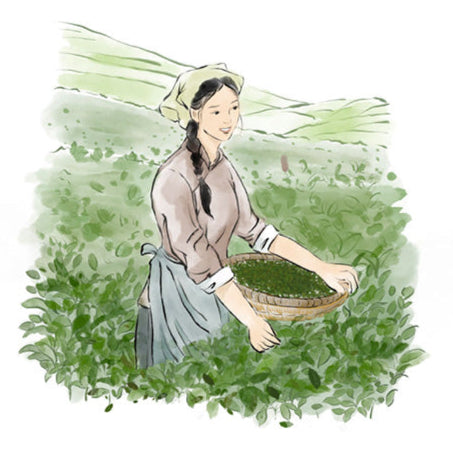
Picking
Tea leaves are hand-picked in the morning
-
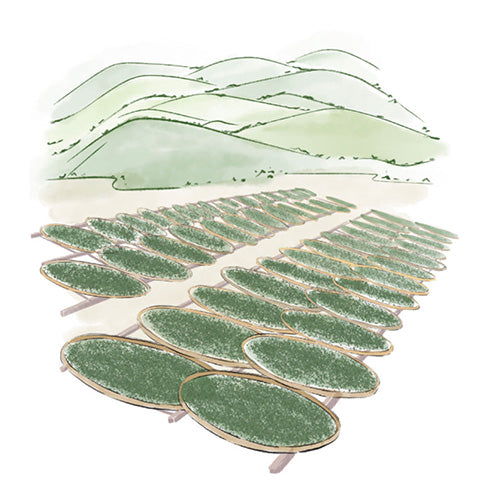
Withering
The leaves are spread on bamboo trays to wither.
-
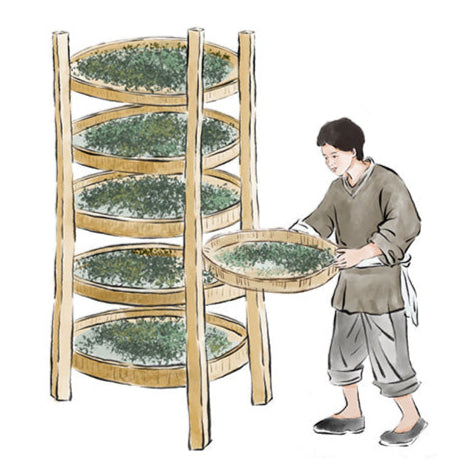
Partial Oxidation
The leaves are oxidized indoors.
-
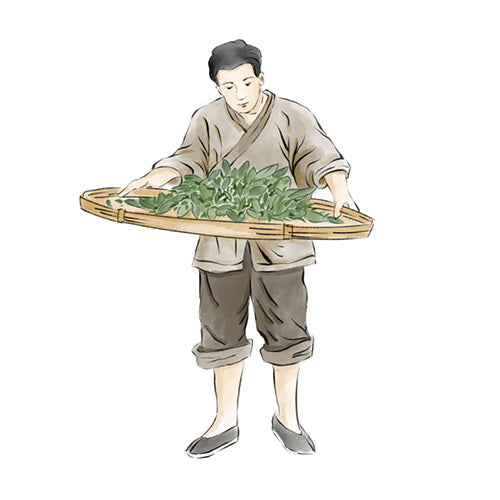
Bruising
To promote further oxidation, leaves are shaken on trays.
-
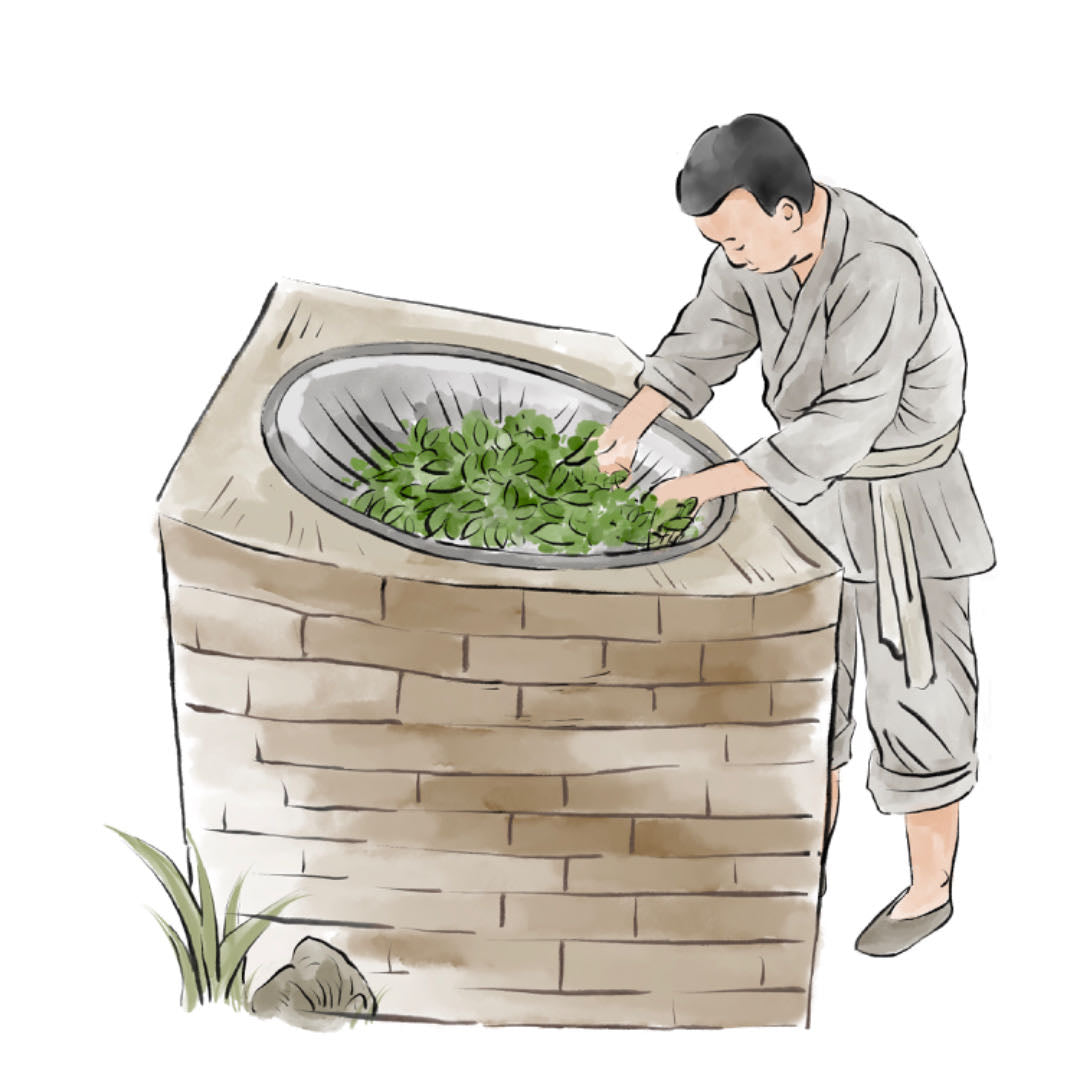
Fixation
The partially oxidized leaves are heated to halt oxidation.
-
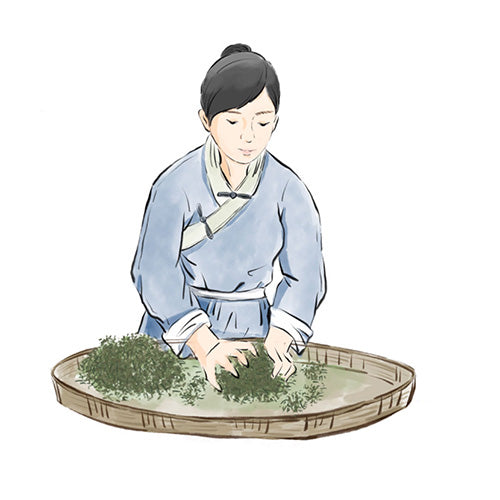
Rolling & Shaping
Tea leaves are rolled and shaped.
-
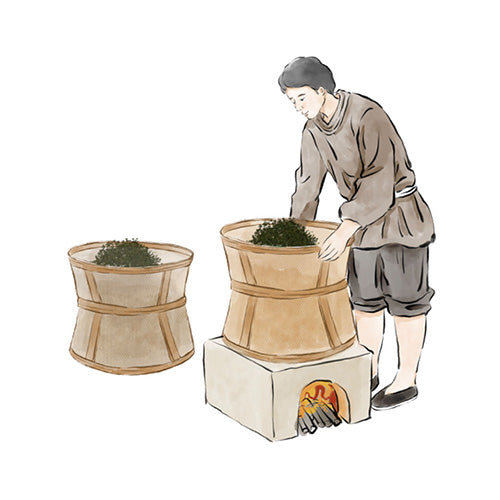
Drying
The leaves are dried to further reduce moisture.
-
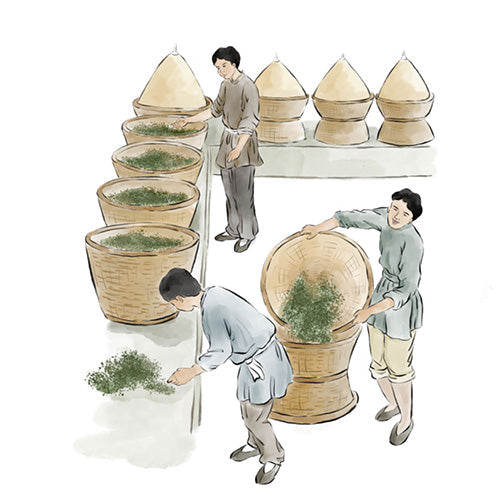
Roasting
Leaves are roasted in bamboo baskets to enhance aromas.
A good tea, not that perfumed as I expected but very good
This Phoenix tea is perfect. Utmost round in flavour and fragrance and well-balanced. Creamy in flavour and brings savoury rice notes in its smell. It has a nice culmination and burst of 'deliciousness' after four or five steeps. it leaves the mouth slightly dry and begs you for more and more.
Creamy and floral Dan Cong.
Lasts a while and is perfect for trying out Ya Shi for the first time to see if you like it.
Aroma of orchid and jasmine. Initial floral and intensely creamy flavor, transitions to honey and some fruit slightly. Finishes with a light mineral touch. Ideal to end the day.
Brewing: 5g/100ml, 100°C, 10s x 3, +5s.
Warmed-up dry leaves smell like flowers and grass. When wet, an exuberant aroma of candy, honey and spices comes out.
The liquor has the same flowery and spicy theme, with a beautiful intensity and depth.
Oolongs are usually cheerful and superficial, but this one is serious and heavy, like it has seen some shit. It clearly has an exciting story to tell - one that develops wonderfully, steep after steep, taking you to exotic places and leaving you better for it.

Our design work is inspired by the artwork “Along the River During the Qingming Festival” by the Zhang Zeduan in the Song Dynasty. Instead of displaying the daily lives of people in the capital of China (as the original artwork), we display the tea making process of farmers through the same bird’s eye perspective.
When examining our packaging design in detail, tea enthusiasts will observe the tea making process, featuring tea farmers picking, drying, rolling, and frying tea leaves. The tea is then tasted in a pavilion and transported by horses along the ‘ancient tea road’.
Together, the traditional Chinese landscape and tea making theme, symbolise heritage, tradition, and respect for hard work of tea farmers.

